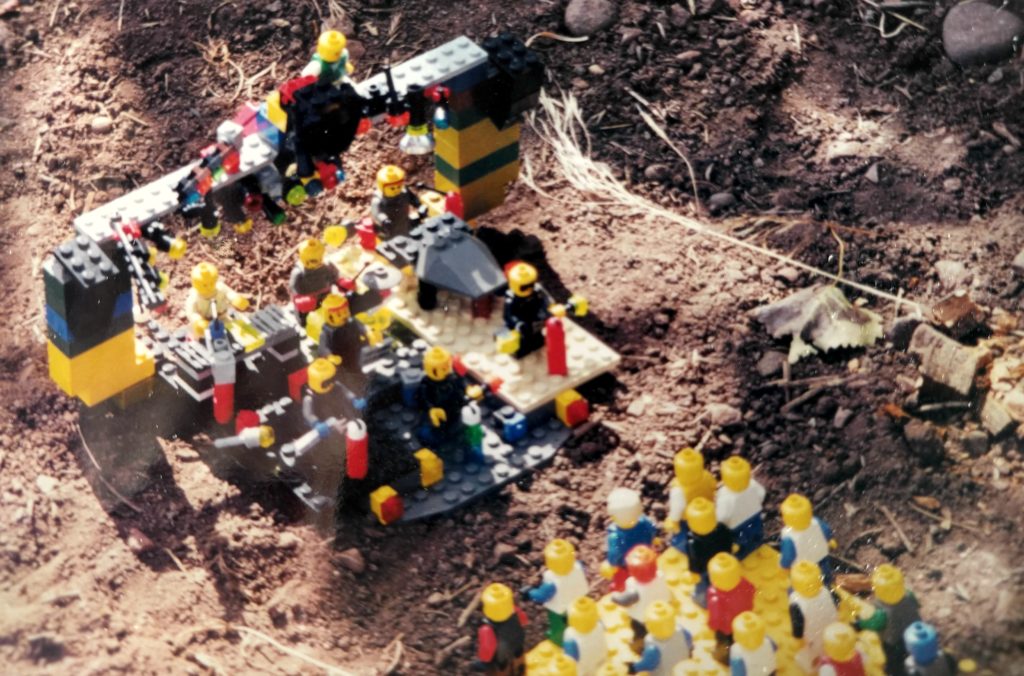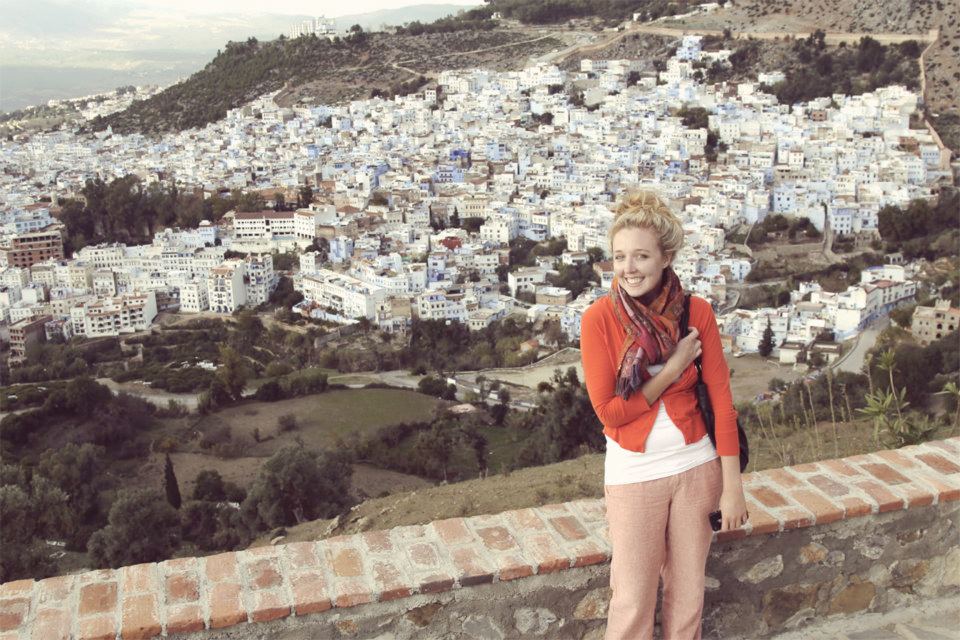Our mission at TEDxMileHigh is to deliver world-class events that elevate the Mile High community’s biggest, brightest ideas in a truly dynamic setting. As a nonprofit, that mission starts with you.
We’re fortunate to have a small, dedicated team that works closely with volunteers and interns to turn ambitious plans—like our upcoming summer event, Point of Departure—into reality. We’re also fortunate to have a growing and engaged community of supporters who share our passion for big ideas.
As a supplement to our main events, the TEDxMileHigh VIP Reception creates an opportunity for our most dedicated supporters to come together with speakers, team members, interns, and volunteers to share ideas and inspiration. Held a few days before each of our main events, these engaging events give VIP and All-Access ticket holders the chance to enjoy innovative food, drinks, and conversation in our inner circle.

“The way our team members and speakers get to interact with guests at the VIP Reception is incredible,” says Event Manager Eric Kean. “I think last fall I learned more talking with our attendees and hearing their stories than they might have learned from us!”
“I love the opportunity to get a little taste of our speakers’ big ideas off the stage, in person,” Design Director Cate Croft concurs. “I love hearing big ideas from our attendees as well.”

“The VIP events help to heighten the overall experience,” says Angela Bruns, Programs Team leader. “It’s not just another cocktail party. The food becomes an interactive part of the evening, encouraging connection and conversation. The standouts for me have been the smoking popcorn from Inventing Room and the wine and chocolate pairings from the Chocolate Therapist.”
With support from our fine sponsors, we’ve been able to create an unparalleled atmosphere for connection. Live music and impromptu performances from local slam poets help make the night one to remember.
We have sponsors of all shapes and sizes, helping us cover production costs and organize year-round Adventures. Join forces with TEDxMileHigh to get get access to exclusive behind-the-scenes content and experiences!
“Our VIP events are a magical mix of speakers, partners, and our most engaged attendees,” says Chief Operations Officer Nicole Dill. “The amount of creativity, inspiration and potential in that room is intense! It’s a great space to introduce people who can collaborate toward building Denver best future—all over a few great drinks!”
As the VIP Reception continues to grow in attendance each year, we work hard to foster an intimate and invigorating atmosphere, creating more opportunities for people to connect and share.

“I enjoyed the intimacy of the last VIP reception,” says Intern Fil Merid. “Watching the speakers in a video is one thing, but meeting them in person long after their talk is wonderful. Whether we were chatting about our lives or the paintings on the walls in the art gallery, it was an absolutely terrific way to build a personal connection with some inspiring speakers.”

“The best part is definitely the feeling of relationship building,” says Intern Eric Milburn. “Over a few drinks and some delectable finger food, it’s easy to strike up a conversation with a stranger. The VIP parties are informal and allow us to embrace memorable dialogue with people who share our love of ideas.”
“My favorite part of the event is when Eric gets us a photo booth for the next VIP party,” says Content Producer Helena Bowen. We’ll do our best to provide a photo booth and other wonders for the next VIP Reception. Will you join us?

















